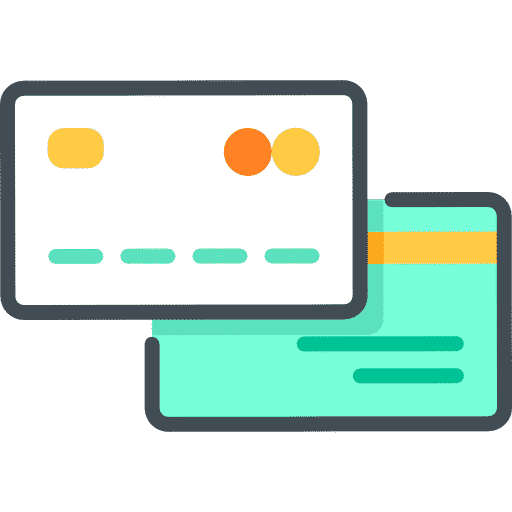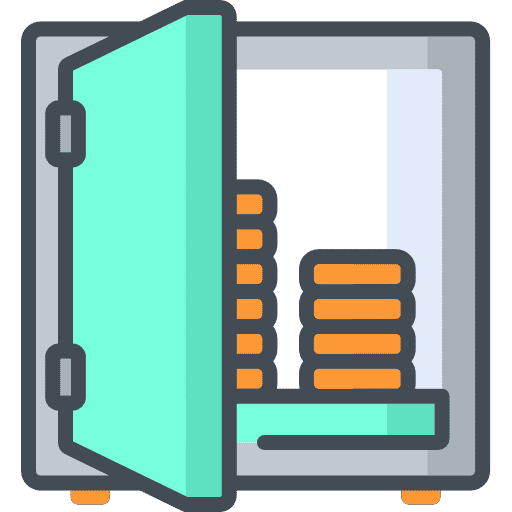Credit cards can be a handy tool. Not only do they give you additional funds to make a big purchase or help in an emergency, but if responsibly used, they can help you build credit.
Always be aware of How much money you borrow at once. Your credit utilization can have an enormous impact on your credit score. To better understand what credit utilization is and how to monitor it, read on.
What Is Credit Utilization?
Credit utilization looks at your outstanding debt and compares it to your revolving credit limits to determine how much of your available credit you are using. Low credit utilization is a positive indicator because it shows that you’re only using a small amount of the credit loaned to you.
Remember that the utilization rate refers to revolving credit only. This is defined as credit without a specific end date. Home and auto loans would not apply in this category, as you have agreed to pay those lenders within the specified period. Revolving credit usually applies to credit cards and personal loans.
To determine your credit utilization rate, divide the amount of revolving credit you are currently using by the total amount of revolving credit available to you. For example, if you borrow $100 of a total credit limit of $1,000, your credit utilization rate comes out to 10 percent.
How a Credit Utilization Rate Affects Your Credit Score
A credit score is defined as a statistical summary of the information in a consumer’s credit report, usually based on a scale from 300 to 850. Credit scores are intended to be generated without bias. They do not take into account factors such as age, gender, or race.
Five major factors impact your credit score:
- Payment history (35 percent)
- Level of credit utilization (30 percent)
- Age of your credit (15 percent)
- Diversity of your credit (10 percent)
- Number of credit inquiries (10 percent)
Your utilization rate accounts for 30 percent of your credit score. FICO suggests keeping your utilization rate under 30 percent, but the lower, the better. Luckily, this is one of the easiest ways to improve your credit score.
While the credit scoring system looks at an overall credit utilization ratio, the individual card ratio is also essential. In other words, you may find yourself in a scenario where you have $20,000 available to you in credit between three different credit cards. On one of these cards, you may owe $500 against a limit of $5,000 (10 percent).
You may owe $250 against a limit of $5,000 (5 percent) on another card. On the third credit card, you owe $8,000 against a limit of $10,000. On that third credit card, you have a high utilization ratio of 80 percent. That 80 percent ratio can drag your credit score down, even though the other two cards’ balances are good.
This is because all your accounts’ average utilization ratio is used to help determine your credit score. In the example above, your average utilization ratio for all three credit cards is 54 percent, which can keep your credit score from improving until you’ve paid off some of the balances.
How to Improve Your Credit Utilization Rate
If your credit score is poor and you want to improve it, there are some steps you can take to make this happen. A poor credit score can make it difficult, if not impossible, to secure a loan or a new line of credit.
Your score is generated by an algorithm that pulls from different data sets, one of your credit utilization rates. If you are utilizing more than 30 percent of your available credit, there are steps you can take to improve it quickly, which can, in turn, improve your overall credit score.
1. Pay Down Your debt
You don’t need to be a financial adviser or a credit expert to understand this one. Paying down debt is the most critical step you can take to help your credit score. To do so, you need to pay more than the minimum amount due on your credit card bill each month.
It’s also a good idea to make extra payments when and where you can do so. If you have multiple credit cards, you may consider consolidating them and paying them down with a personal loan.
You can make a plan for each credit card and tackle them one at a time. The top priority will be to pay off the credit card with the highest interest rate for many people. Some people opt to pay off the credit card with the lowest balance first, as this can give you a sort of psychological boost. The most important thing you can do is to make a plan and stick to it.
Paying down the debt with a personal loan may work best for you if you have numerous cards. In this scenario, you consolidate all of the debt into one loan. If your cards have interest rates in the range of 15 to 20 percent, but you secure a loan with a rate of 10 percent, you can end up saving some money
2. Increase Your Credit Card Limit
This can be a dangerous proposition for those who are constantly tempted to spend. However, if you can resist the temptation, getting a credit limit increase can improve your credit utilization ratio. Suddenly, your $2,000 debt looks much better against a limit of $15,000 versus the previous max of $8,000. In other words, the ratio decreases to 13 percent from 25 percent.
Remember that asking for a credit limit increase will cause a hard inquiry. This will temporarily drop your credit score, but it will likely help you more than hurt you if your credit limit increases.
Some credit card companies even automatically review your account and will give you a credit limit increase. If this is the case, you’ll avoid the hard inquiry and see your utilization ratio drop, which does even more good for your credit.
3. Keep Cards Open After Paying Them Off
After paying off a credit card, you may be tempted to close out the account. This can be a mistake, though. If you leave the card open, the amount still factors into your available credit. This improves your credit utilization ratio. Keeping an account open may serve you better in the long run. If you’re afraid of racking up debt again, you may want to consider keeping the credit card out of your wallet.
Your credit utilization ratio is essential. It has a significant impact on your credit score. However, it is crucial to bear in mind that this is only one component. Other things affect your credit score. Paying down your debts and keeping an eye on your credit utilization ratio is one of the quickest, easiest ways to improve your credit score.
If you have other factors negatively impacting your credit, give the credit specialists at FreshCredit® a call. FreshCredit® has helped clients work towards fair and accurate credit scores by leveraging their rights with a fresh approach.
Credit reporting is a complex process, but asking the right questions about your credit report doesn’t have to be. Take a proactive stance against bad credit by reviewing your credit score or seeking help. Your efforts could make all the difference.


























